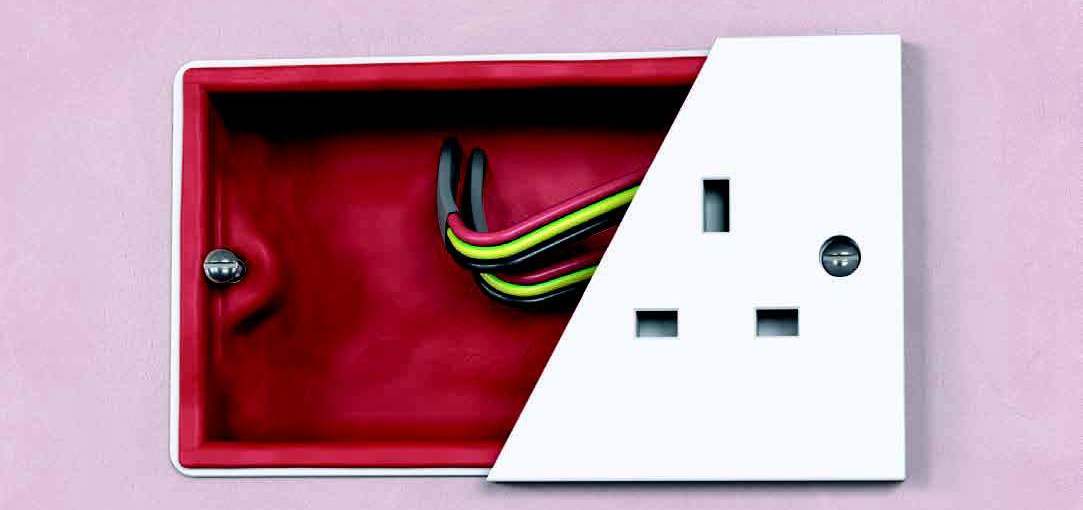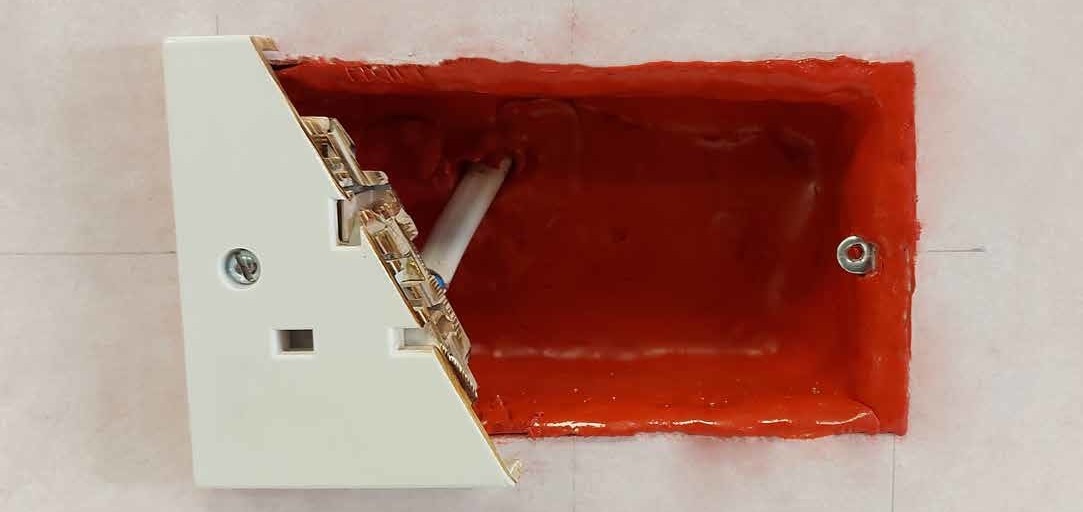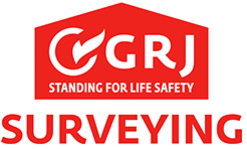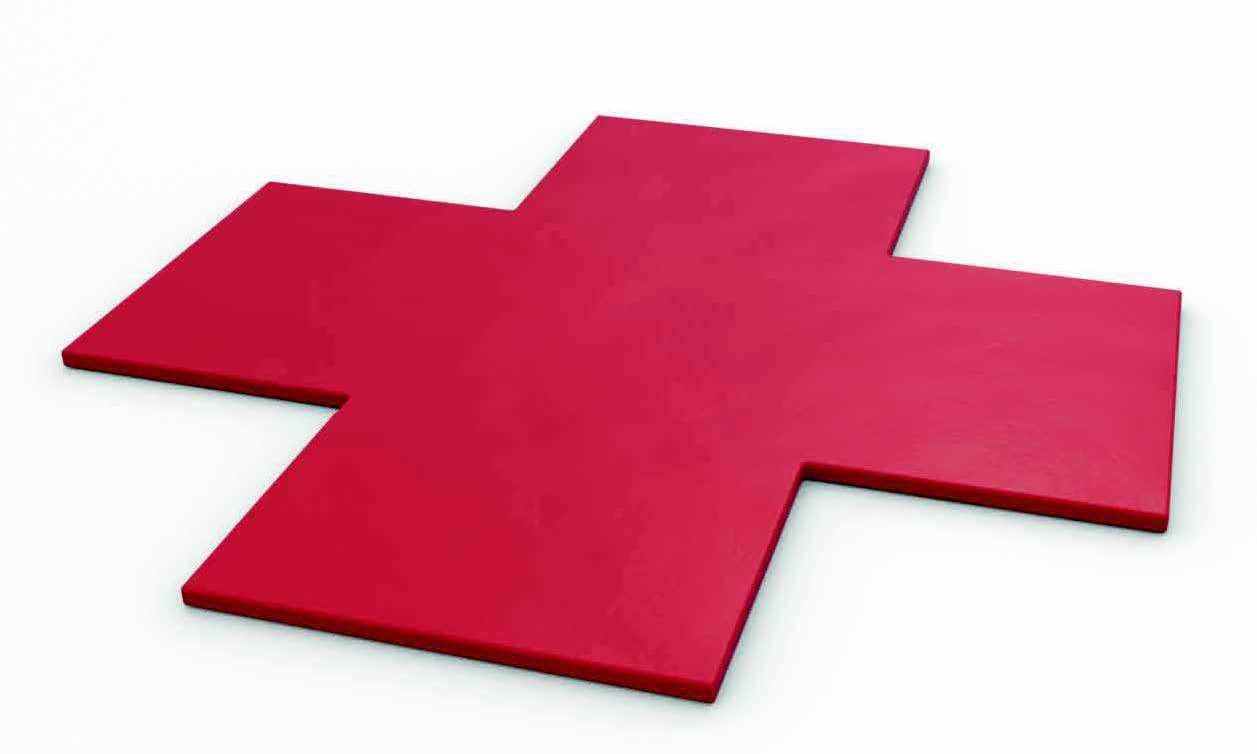What Are Putty Pads & When Are They Required?
Posted on 12th October 2021
Putty pads have become a hot topic in recent months and there is often confusion over the best way to fire protect electrical back boxes in both new build and remediation situations. If you’re looking to find out more about intumescent putty pads, continue reading this blog! With information on what they are, when they’re needed, the best installation methods, and more, this blog contains everything you need to know about putty pads and passive fire protection. This blog aims to highlight some of the issues with putty pads, some of the ways to best install them and how you can work with your passive fire protection subcontractor to minimise disruption.
When Are Putty Pads Required?
When electrical back boxes for sockets and switches are installed into plasterboard partition walls, they create a penetration into the wall structure resulting in an opening where the back box and plasterboard meet. This joint increases the ability for fire and smoke to enter and pass through the wall. The main aim of passive fire protection is to achieve fire compartmentation. If there is an unsealed penetration or joint on a fire-rated boundary, the building will be non-compliant - this is where putty pads come in. Correctly installed putty pads can create a compliant fire stop and smoke seal for these penetrations and can also improve acoustic performance.
Similar to service penetrations, the installation of works by other trades can determine whether the putty pad detail is compliant or not. Therefore, early engagement regarding agreed details needs to happen during M&E / Partition first fix so that all parties involved are aware of the requirements to achieve a compliant detail. This also includes coordination with the electrician regarding the appropriate time to install the putty pads - usually once the cables are pulled and before face plates are installed and live testing is undertaken.

Putty Pad Installation Methods
To help with the installation of fire stopping for electrical back boxes, M&E contractors should ensure that back boxes are installed correctly to manufacturers specifications and sit flush with the face of the plasterboard wall and not inlaid. Joints between the plasterboard and back box should be covered by the putty pad material but it is important to remember that putty pad installation varies between manufacturers. The test or ad hoc details are available from product manufacturers for back boxes that have been incorrectly installed with larger joints. Although most putty pads can be retrofitted, it is advisable to notify the fire stopping contractor of your intent to firestop electrical back boxes before they are installed. Putty pads are not a requirement for back boxes installed within masonry walls although penetrating cables through the wall need to be considered.
For the best protection and putty pad installation, there are various methods available on the market. Here at GRJ, we primarily use Quelfire putty pads as a preferred choice which can be installed into both single and double steel and plastic socket back boxes.

Top Tips
There are a number of key things to look out for when it comes to putty pad installation, include:
During installation, socket back boxes need to be clean and free from contaminants as most intumescent putty pads need to be installed from the inside of the back box.
Moulding the pad into the back box can be done by hand. The material should be moulded to fully line the internal face of the back and sides of the back box, covering any joints between the box and the plasterboard. Excess product can be trimmed as required.
Putty pads can be extended using additional material or offcuts to ensure the installation sits flush with the front face of the plasterboard wall.
Quelfire putty pads specify a 3mm minimum average thickness to be maintained throughout each installation which may vary between product manufacturers.
Plasterboards should always be cut tight around electrical socket back boxes.
The putty pad material can be cut to fit around cables and screws and then moulded to reseal as required.
Some manufacturers allow for an intumescent mastic seal to be installed to fill any excessive joints between the plasterboard and the back box due to incorrect back box installation. It is always best to consult the manufacturer when an ad hoc detail is required.
Installation does not require any special tools and putty pads can be fitted during back box installation or retrofitted during remedial works.
Non-standard back boxes, for example lift control units, can be treated as an ad hoc detail.
Putty pads should always be installed to manufacturers specifications to ensure a compliant fire seal.
If you require further information about any of our passive fire protection services, please do not hesitate to get in touch. Our friendly team is always on hand to offer expert advice and solutions regarding all things fire protection.
REQUEST A QUOTE
For more information about our services, please fill in the form below and a member of our team will be in touch.
Tagged as: Putty Pads
Share this post:
















